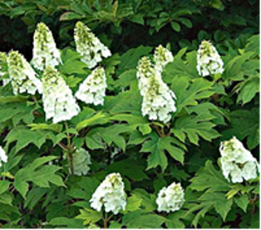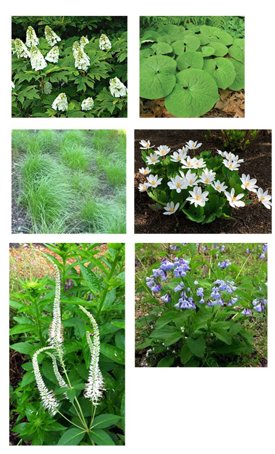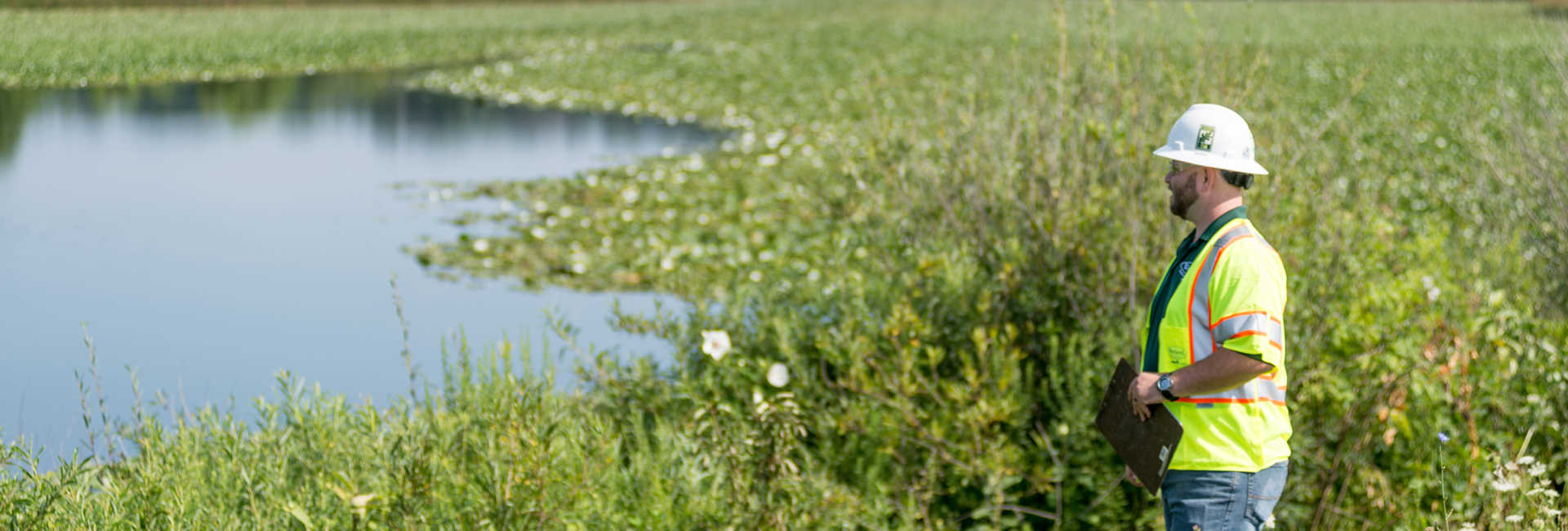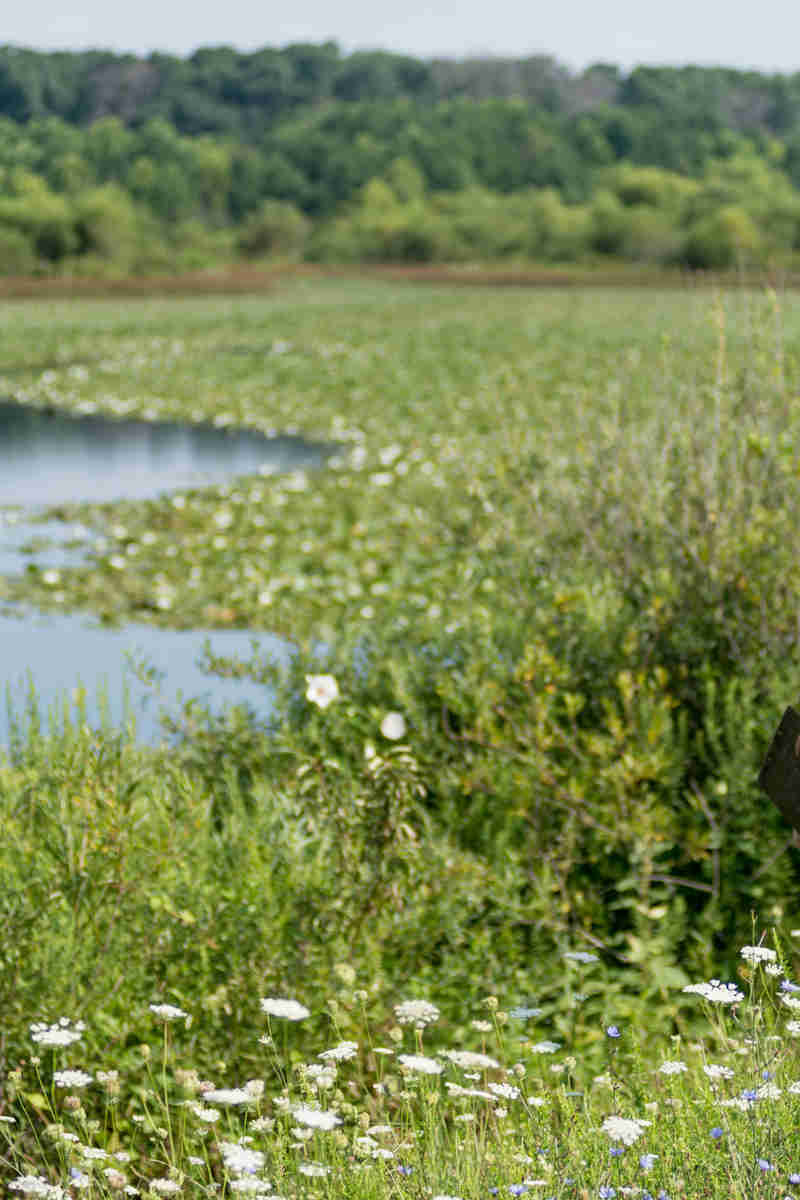
Property owners and managers have a lot on their plate when it comes to landscape maintenance. Irrigation system upgrades, fertilizing, mulching, pruning, and invasive plant and pest control are all expensive line items that are vital to traditional landscape upkeep. But by planting native species, these costs can be reduced.
Landowners and property managers can save management costs by maintaining their properties as natural areas instead of traditional mowed turfgrass. The cost of establishing native landscapes from scratch can be significantly less than maintaining turf.
Native plants, as the title implies, are species that evolved and are adapted to specific regions and ecosystems. For example, shooting star (Dodecatheon meadia), purple coneflower (Echinacea purpurea), and wild geranium (Geranium maculatum) are native plants throughout much of the northern and eastern U.S.
Because these plant species evolved in these regions, they can withstand the varied conditions of heat, drought, heavy rain, and frigid winters while growing back year after year. This also means native plants don’t require the supplemental fertilizing, watering, or mowing that turfgrass needs.
In addition to cost savings from reduced maintenance, native plants provide environmental benefits that turfgrass does not. The deep root systems of native plant species help channel stormwater into the soil rather than letting it run off. These root systems also help reduce erosion on steep slopes and around ponds by holding soil in place. Native plants are ecologically compatible with the region’s native insects and birds, which have a dependence on the pollen, nectar, and seeds that native plants produce.
Planting Ahead
The easiest way to establish a native-rich landscape is to incorporate them in the design and development stages of new landscape construction. While turfgrass is necessary in some instances, plan to plant native species in areas with lower foot traffic, or pond and detention basin borders.

Property owners or managers who work with already-established landscapes can convert their properties over time. While this task seems daunting, replacing turfgrass one section at a time and planting native seeds or starter plants can make the project more manageable. Native species can be planted or seeded most times of year, but spring and fall are better for planting because there is less heat stress and better soil moisture.
Looking for A Helping Hand? Here are a few examples of native plant species (pictured from left to right, top to bottom):
- Oakleaf hydrangea (Hydrangea quercifolia)
- Wild ginger (Asarum canadense)
- Pennsylvania sedge (Carex pensylvanica)
- Bloodroot (Sanguinaria canadensis)
- Culver’s root (Veronicastrum virginicum)
- Virginia bluebells (Mertensia virginica)



